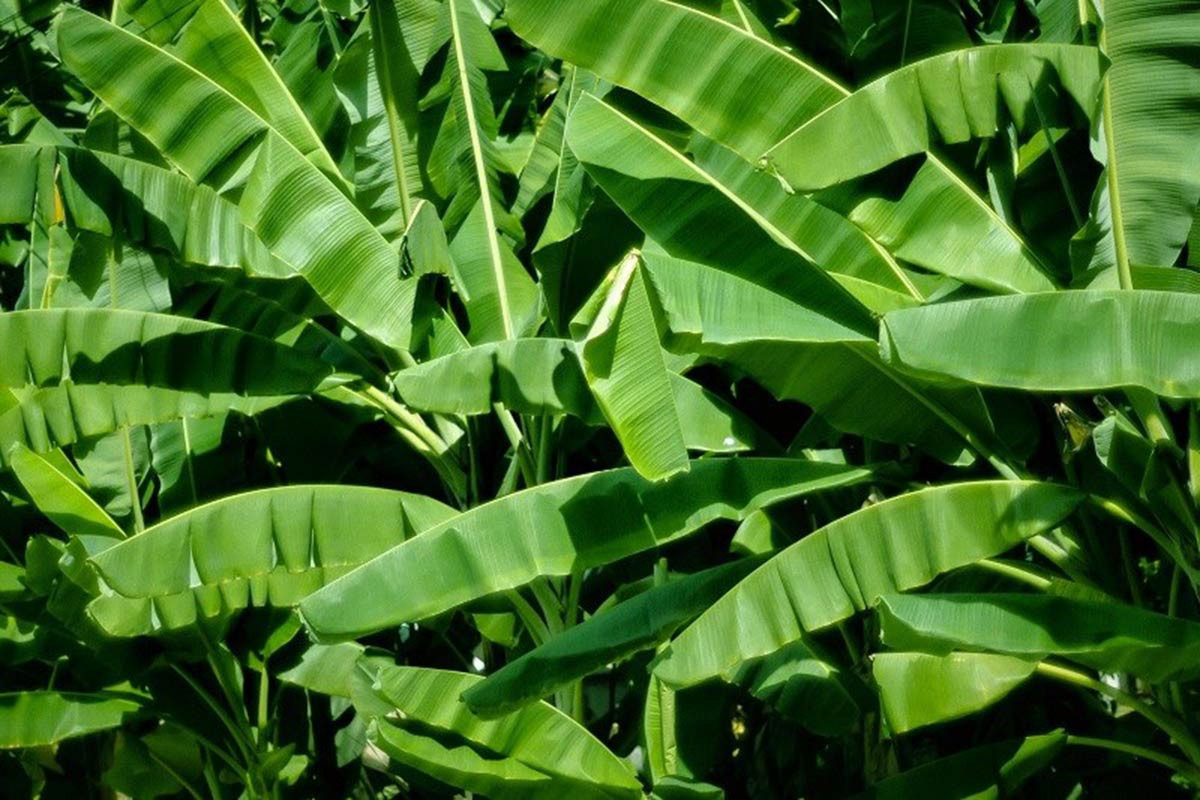
Not long ago, the image of a fresh banana leaf being sold on Amazon Japan for 2,280 yen, equivalent to nearly 500,000 VND, surprised many Vietnamese people, because in Vietnam banana leaves are often thrown away or sold at very cheap prices.
In Vietnam, bananas are a short-term fruit tree grown throughout the country, from the highlands to the lowlands, from North to South. In rural areas, small households grow a few banana bushes, large households grow whole gardens to get bananas to eat, and many local areas grow bananas for fruit to sell.
Nhip Song Thi Truong Magazine cited data from the General Statistics Office, saying that as of 2021, the total banana area in the country reached more than 154,000 hectares, with an output of more than 2.3 million tons. This is the fruit tree with the largest area and output in Vietnam.
Bananas are grown for their fruit, which is eaten or sold, while the banana leaves and stems are usually discarded.
Banana leaves are used to wrap traditional cakes such as banh chung, banh tet, banh gio or to wrap ham, sticky rice, etc. However, the amount of banana leaves used for these purposes is quite modest.
This type of leaf is often thrown away. In most of the large banana growing areas in our country, when pruning branches and leaves, or harvesting banana bunches, farmers often have to cut off the leaves to feed cows and fish. If there are too many, they even have to dry them and burn them to clean up the fields.
If sold, banana leaves are also very cheap. The best banana leaves sold in the garden are only 8,000 VND/kg (the price of peeled leaves), and if delivered to your home to make ham, the price is only 10,000 VND/kg.
Some units also buy beautiful banana leaves from the garden at 4,000 VND/kg for export. Banana leaves used for export must be 30cm wide, continuous and not torn. Only western banana leaves can be exported. Banana leaves are quite brittle, so you have to know how to choose the right age leaves, pick them and dry them in the sun just enough to wilt so that the leaves are soft but do not lose their green color.
According to some fruit and vegetable traders, banana leaves are exported mainly to East Asian markets, where many people still prefer to use the leaves to wrap traditional cakes.
Since ancient times, people in East Asian countries have known how to use banana leaves to wrap cakes, sticky rice, food, vegetables... Therefore, banana leaves are sought after in many countries such as Japan, Korea, India,... and many other Asian countries.
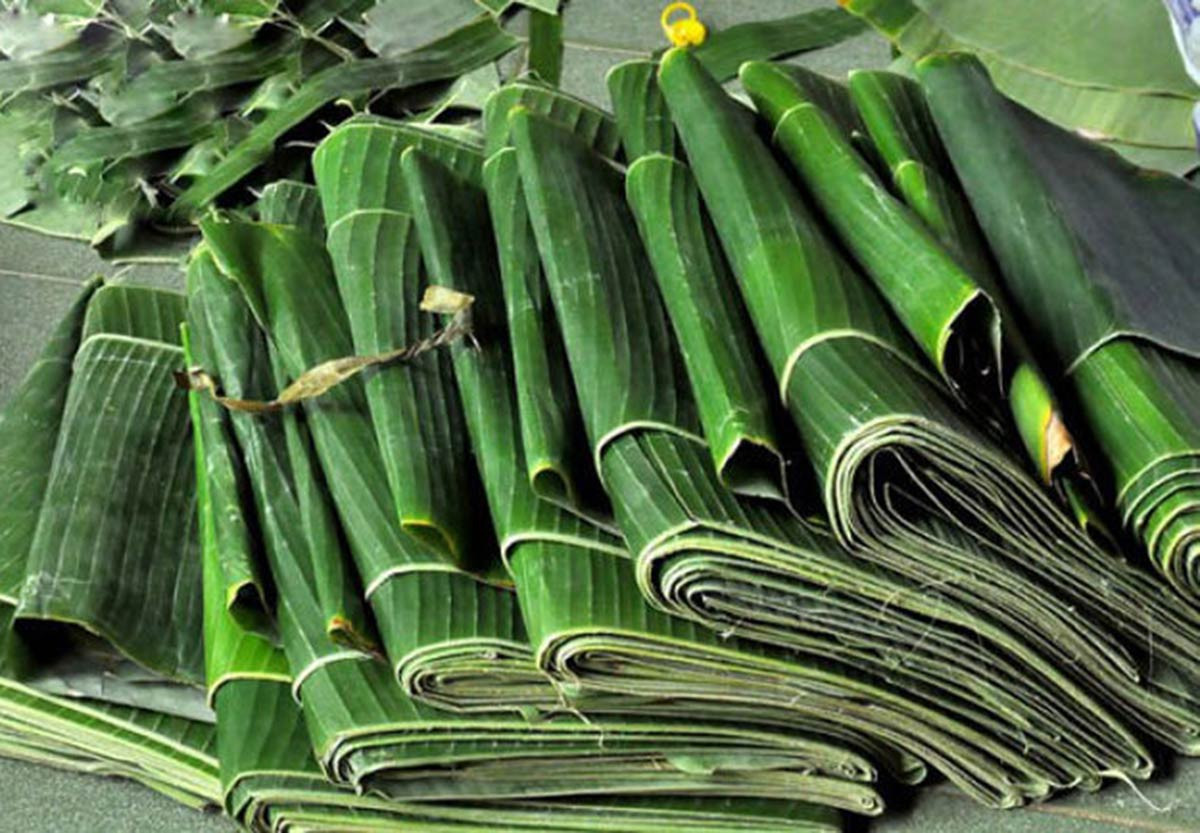
Nhip Song Thi Truong Magazine cited data from the General Department of Customs, saying that Vietnam's banana leaf exports in the first 10 months of 2023 earned more than 722,000 USD, equivalent to more than 17.5 billion VND. In total, all types of exported leaves including bay leaves, cassava leaves, banana leaves, bamboo leaves, etc. earned 5.7 million USD.
In 2022, the export of leaves will bring in over 8 million USD. Of which, bamboo leaves have the highest export value at 2 million USD, followed by cassava leaves at 1.8 million USD. Banana leaf exports alone will bring in over 1 million USD.
According to the Import-Export Department, Ministry of Industry and Trade , the export demand for leaves, flowers, etc. still has a lot of potential to exploit. Currently, Japan, Korea, and China are the main export markets for leaves from Vietnam. On major e-commerce platforms in the US and Japan, banana leaves are priced up to half a million VND/kg.
But to stabilize and develop a sustainable market, it is necessary to comply with food safety standards and have full information related to the product such as scientific name, origin and source of the product.
According to VietnamnetSource




![[Photo] Prime Minister Pham Minh Chinh chairs meeting on science and technology development](https://vphoto.vietnam.vn/thumb/1200x675/vietnam/resource/IMAGE/2025/5/17/ae80dd74c384439789b12013c738a045)

![[Photo] More than 17,000 candidates participate in the 2025 SPT Competency Assessment Test of Hanoi National University of Education](https://vphoto.vietnam.vn/thumb/1200x675/vietnam/resource/IMAGE/2025/5/17/e538d9a1636c407cbb211b314e6303fd)
![[Photo] Readers line up to visit the photo exhibition and receive a special publication commemorating the 135th birthday of President Ho Chi Minh at Nhan Dan Newspaper](https://vphoto.vietnam.vn/thumb/1200x675/vietnam/resource/IMAGE/2025/5/17/85b3197fc6bd43e6a9ee4db15101005b)
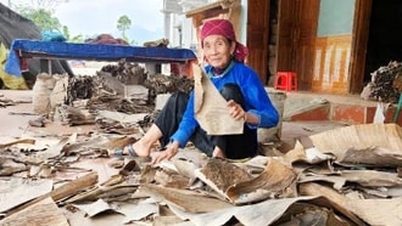



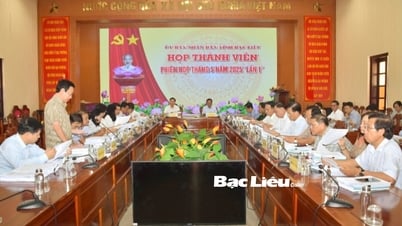
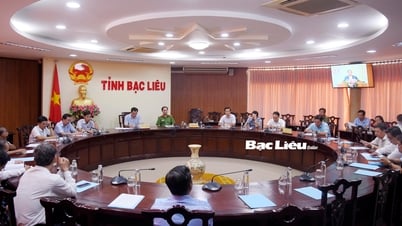
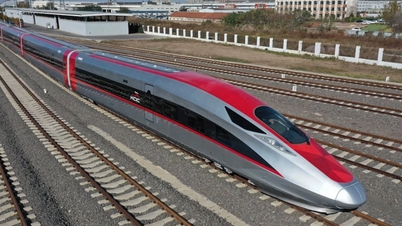


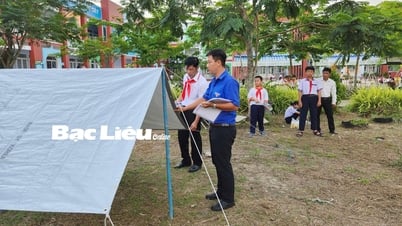





![[Infographic] Numbers about the 2025 High School Graduation Exam in Dong Thap Province](https://vphoto.vietnam.vn/thumb/402x226/vietnam/resource/IMAGE/2025/5/17/c6e481df97c94ff28d740cc2f26ebbdc)
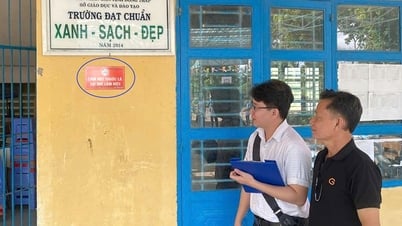


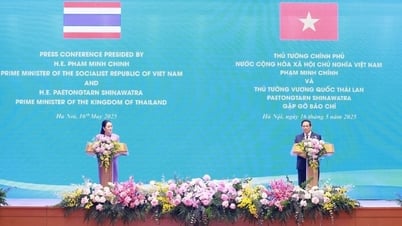
![[Photo] Nearly 3,000 students moved by stories about soldiers](https://vphoto.vietnam.vn/thumb/1200x675/vietnam/resource/IMAGE/2025/5/17/21da57c8241e42438b423eaa37215e0e)



















































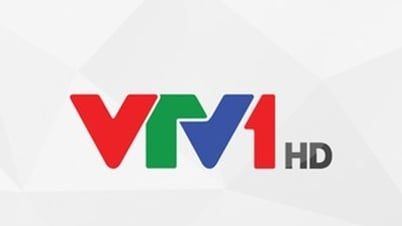


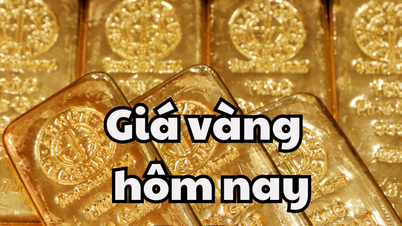

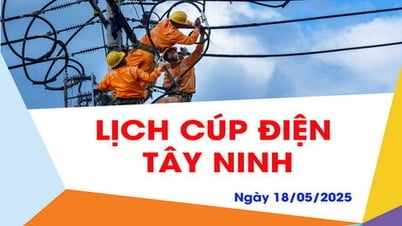













Comment (0)